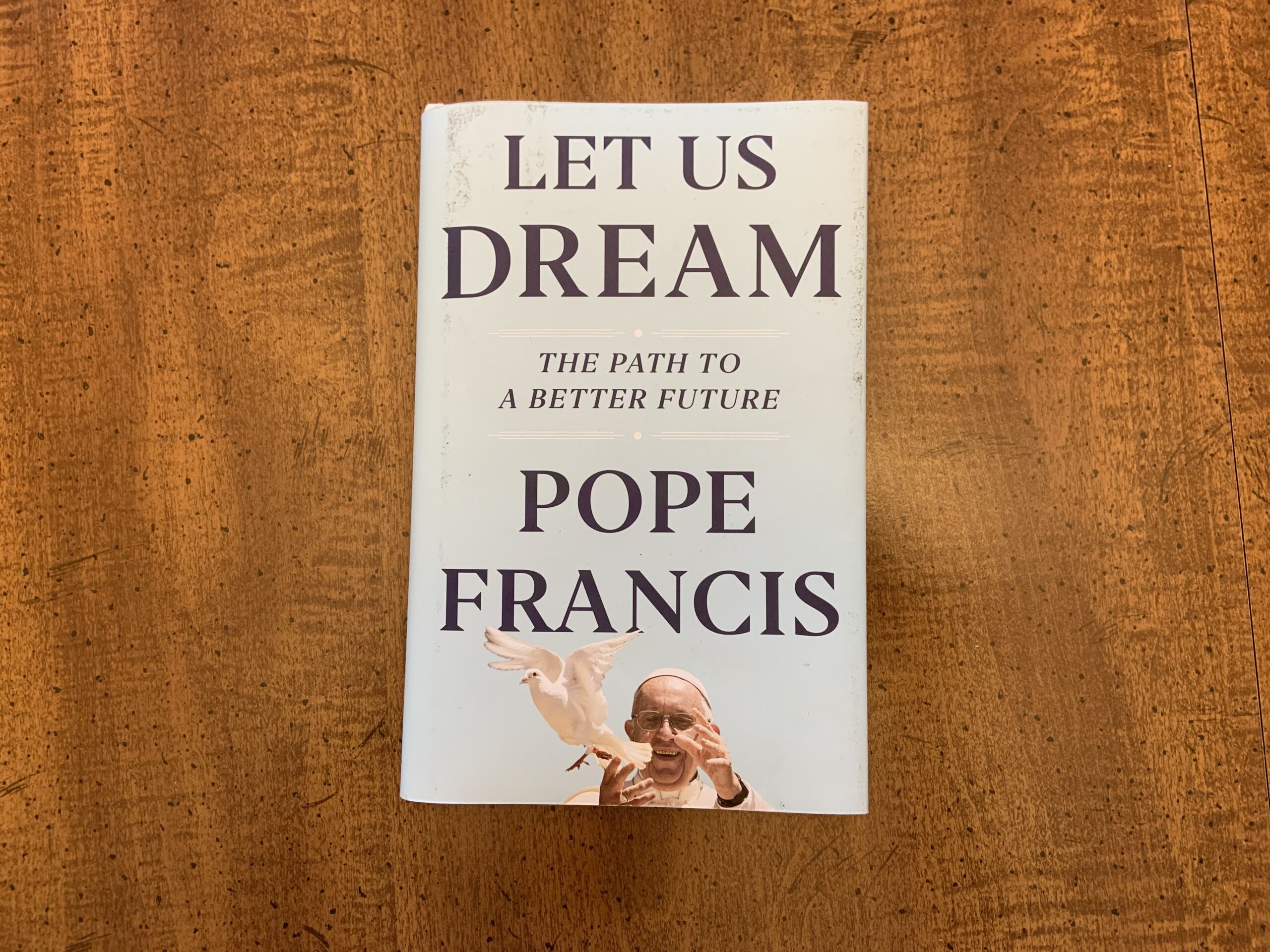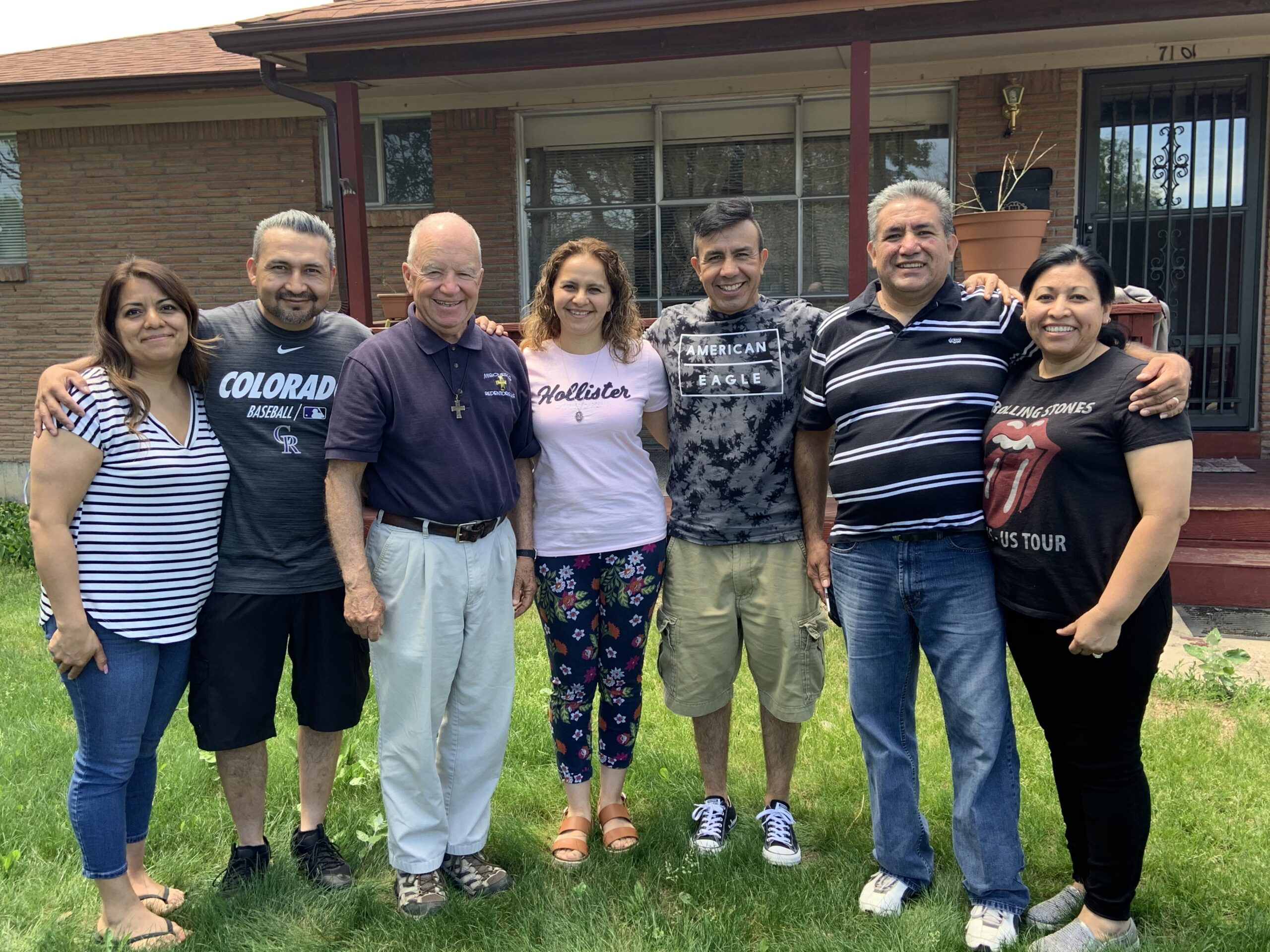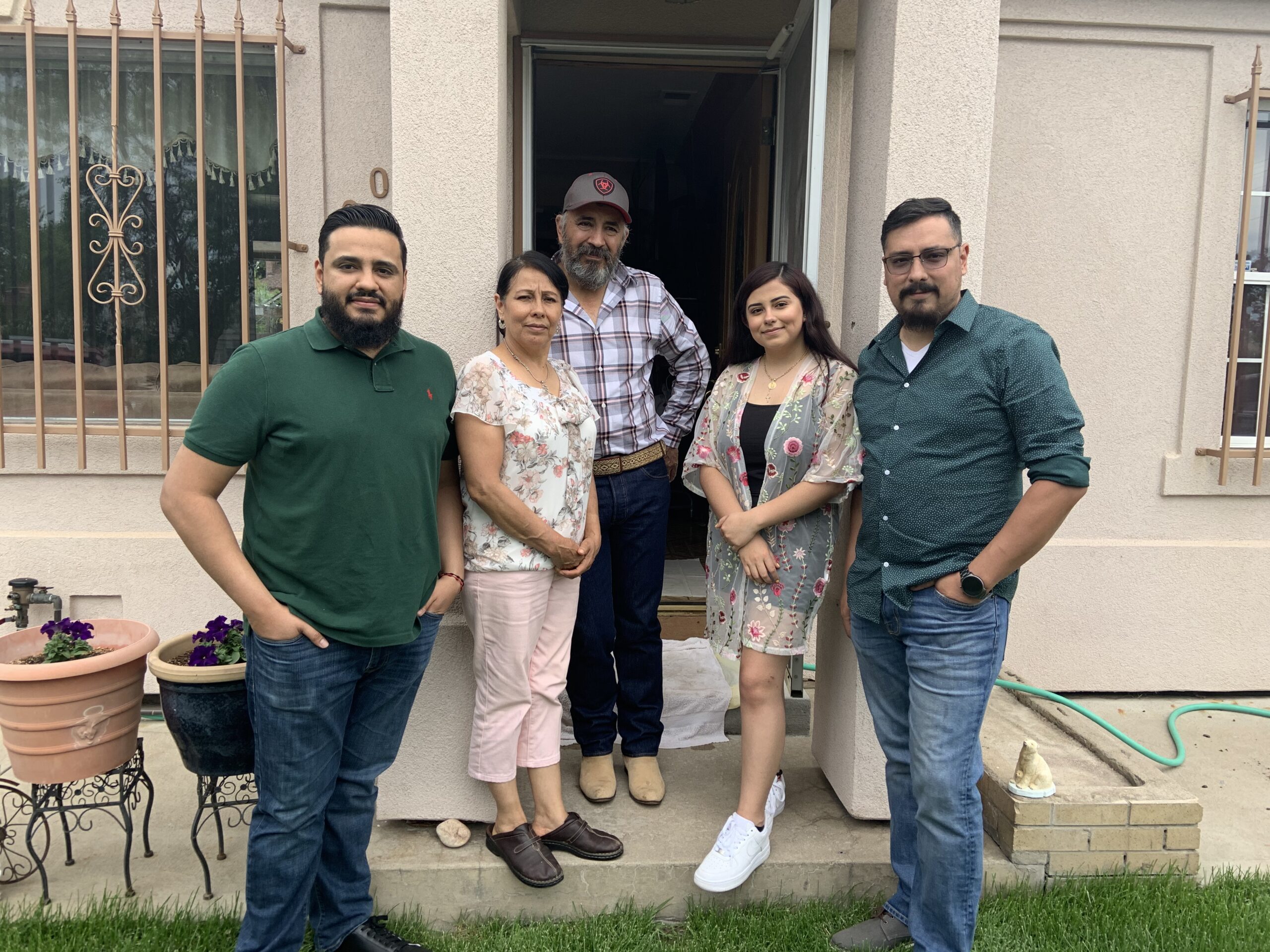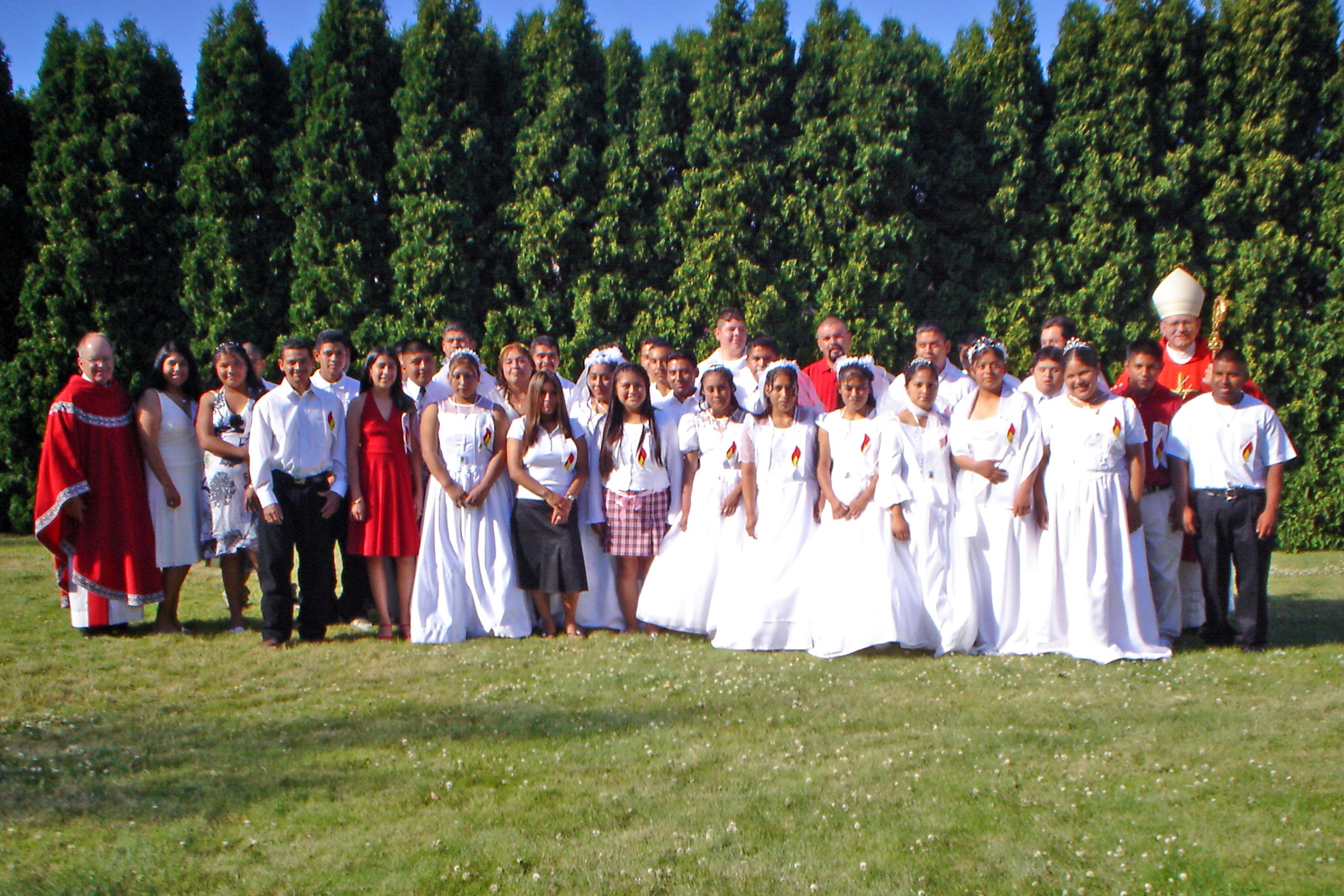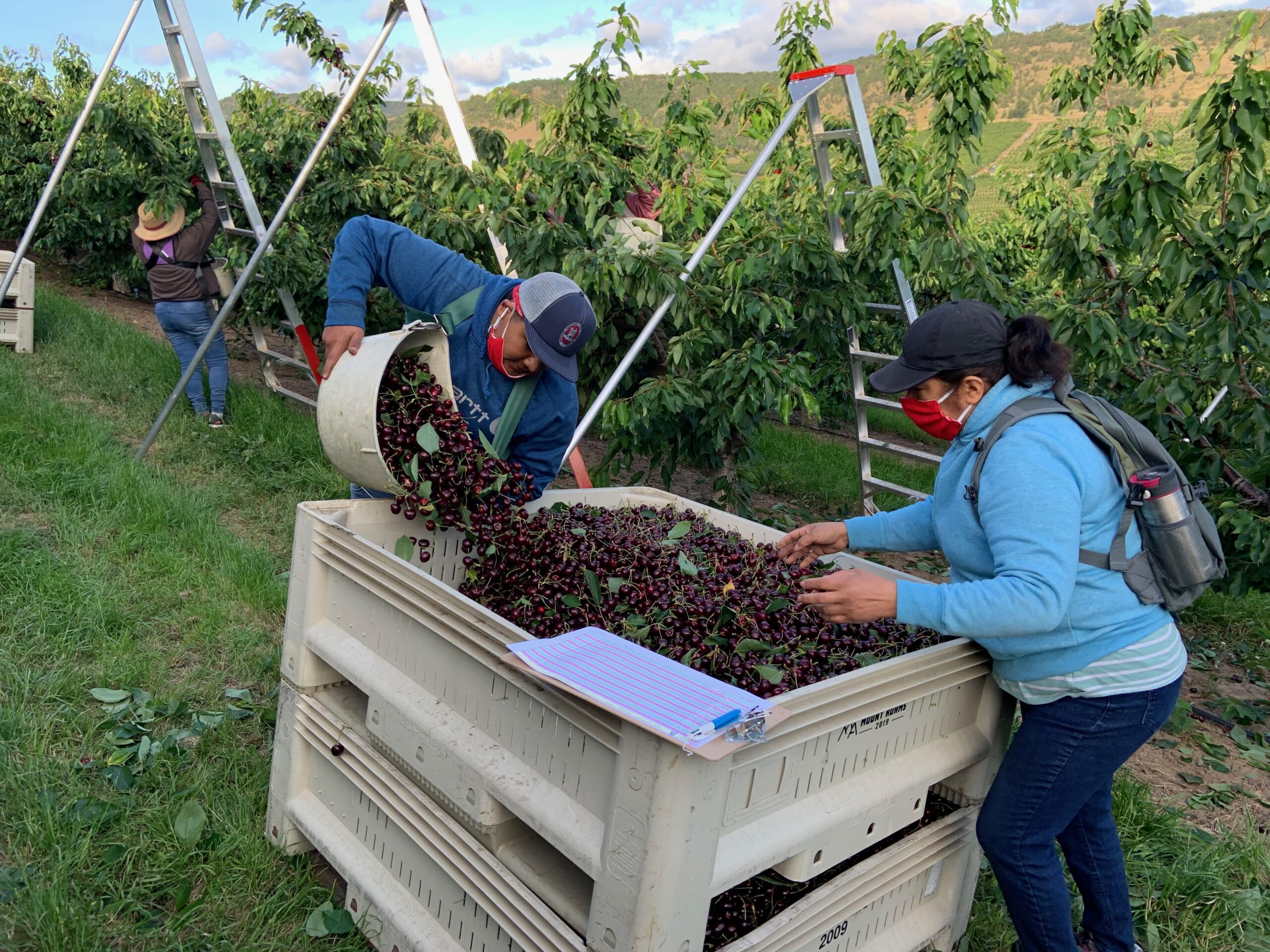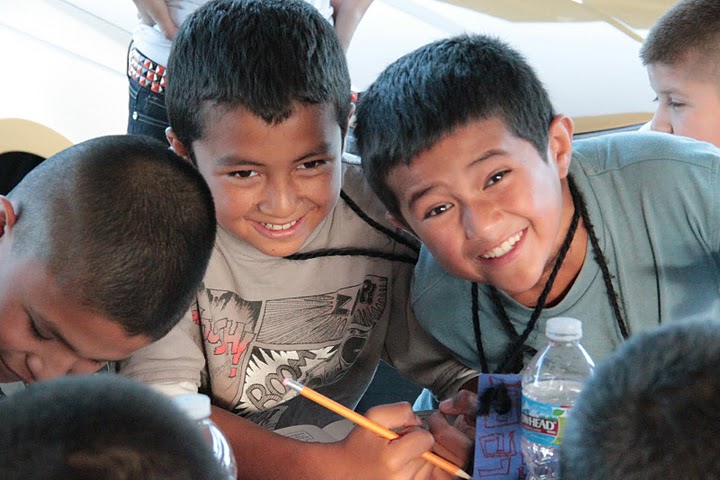29. Lent: Capítulo Uno, Resumen – Chapter One, Summary
Ver es conocer
Feliz día de San Patricio. Cuando crecía en Omaha, Nebraska, este era un día libre en la escuela y era el día de la Cuaresma en el que podías romper tus resoluciones de Cuaresma. Entonces, el P. Michael Emmett McAndrew, debe ofrecerte un Feliz Día de San Patricio.
El Papa Francisco dice que es “un momento para ver”. Debemos ver con mucho más que nuestros ojos. Ver el mundo y todo lo que es y puede ser es mucho más que observarlo con nuestros ojos. Necesitamos establecer una relación con todo lo que vemos. En español hay dos palabras para el verbo; saber y conocer. Un profesor nos dio este explicación, “Yo se donde está Denver” usando el verbo saber. Significa que puedo encontrar Denver en un mapa. Pero cuando uno dice, “Conozco Denver”, significa que he estado allí. Verdaderamente VER significa una relación con el objeto o la persona conocida.
En español hay muchos términos que implican relación. Cuando me encuentro con otro Michael somos tocayos, pero es mucho más que simplemente de tener el mismo nombre. Cuando conocí a Miguel H., me llamó tocayo. Explicó que somos como hermanos y necesitamos apoyarnos mutuamente. Nos protegemos uno al otro. En la Misa domenical, Miguel se vestía con su traje y saludaba a la gente como un acomodador y siempre se dirigía a mí como el Padre Miguel, pero si iba a su taller de reparación de automóviles, me saludaba ruidosamente, “¡Oye, Tocayo!” No “Padre tocayo”, solo “¡TOCAYO!”
Otro ejemplo de una palabra relacional sin equivalente en inglés es Compadre, Comadre. Los padrinos en la costumbre estadounidense / europea tienen una relación con su ahijado, pero no existe un término para la relación entre los padrinos y los padres del niño. Los padrinos en español tienen una relación especial como co-padres del niño.
Para conocer nuestro pasado y nuestras esperanzas para el futuro, debemos VER más que simplemente conocer los hechos históricos, debemos CONOCER la realidad de una manera relacional. Conocí a los trabajadores de la cosecha de cerezas antes del verano que recogía cerezas y vivía en una huerta con los trabajadores, pero después de ese verano, conocer a los trabajadores fue más personal y fue apreciado por los trabajadores. Me conocieron entre los trabajadores como “el sacerdote que trabajaba con nosotros”. Ellos me conocieron.
Cuando el Papa Francisco dice que necesitamos un “tiempo para ver”, debemos entablar una relación con la vida de las personas en nuestro hogar, nuestra parroquia, nuestra comunidad y todos nuestros vecinos del mundo. Cuando no conocemos a personas como familiares, amigos y vecinos, pero hablamos de “esas personas”, no conocemos plenamente al otro. Necesitamos desarrollar paciencia, tolerancia y compasión para ver a Cristo en el otro. ¡Que aprendamos a CONOCER!
(Mañana: Capítulo Dos, Discernimiento, Tiempo de Elegir)
Sigo buscando ayuda
Ayúdame a preparar un programa sacramental para niños con necesidades especiales y tiempo limitado de preparación.
Por favor comparte conmigo tus recuerdos. Escribir a: [email protected]
To See is to Know
Happy St. Patrick’s Day to all. When I was growing up in Omaha, Nebraska, this was a day off school, and it was the day in Lent that you could break your Lenten resolutions. So, Fr. Michael Emmett McAndrew, must wish you a Happy St. Pat’s Day.
Pope Francis says it is “a time to see”. We must see with much more than our eyes. Seeing the world and all that it is and can be is much more than observed with our eyes. We need to enter into a relationship with all that we see. In Spanish there are two words for the verb to know; saber and conocer. A professor said in our class, “Yo se donde está Denver” using the verb saber. It means, I can find Denver on a map. But when one says, “Conozco Denver”, it means I know Denver (I’ve been there). To truly see means to have a relationship with the known object or person.
In Spanish there are many terms that imply relationship. When I meet another Michael we are tocayos, but it is much more than simply being namesakes. When I first met Miguel H., he called me tocayo. He explained that we are like brothers and we need to have each other´s back. We protect each other. At Mass, Miguel would dress in his suit and greet people as an usher and always address me as Padre Miguel, but if I went to his auto repair shop, he would boisterously greet me, “Hey, Tocayo!” Not “Padre tocayo,” just “TOCAYO!”
Another example of a relational word with no English equivalent is Compadre, Comadre. Godparents in American/European custom have a relationship with their godchild, but there is no term for the relationship between the godparents and the parents of the child. The godparents in Spanish have a special relationship as co-parents of the child.
To know our past and our hopes for the future, we must SEE beyond simply knowing facts of our past, we must CONOCER the reality in a relational way. I knew cherry harvest workers before the summer that I picked cherries and lived in an orchard with the workers, but after that summer my knowing the workers was more personal and it was cherished by the workers. I became known amongst the workers as “the priest who worked with us.” They knew me.
When Pope Francis says we need a “time to see”, we must enter into a relationship with the lives of people in our home, our parish, our community and all our neighbors in the world. When we fail to meet people as family, friend and neighbor, but speak of “those people,” we fail to fully know the other. We need to develop patience, tolerance, and compassion to see Christ in the other. May we learn how to SEE!
(Tomorrow: Chapter Two, Discernment, A Time to Choose)
Still looking for help
Help me prepare a sacramental program for children with special needs and limited time for preparation.
Please share with me your memories. Write to: [email protected]
Oh Jesús, tú nos llamas: “Síganme”. Bendice, Señor, a todos los que acogen tu llamado. Puede que el camino no sea fácil, pero tenemos la confianza de que todo es posible si caminamos contigo. Que este viaje nos abra los ojos a las maravillas de tu amor por nosotros. Oramos por toda tu gente, por todos los creyentes e incrédulos, por los líderes y seguidores. Oramos por la sanación, el perdón, la compasión, la justicia y la paz. Oramos para que, al seguirte, nosotros también podamos ser pescadores de hombres. Bendícenos en nuestro viaje.
O Jesus, you call us, “Come after me.” Bless, O Lord, all who welcome your call. The path may not be easy, but we have confidence that all things are possible if we walk with you. May this journey, open our eyes to the wonders of your love for us. We pray for all your people, for all believers and unbelievers, for leaders and followers. We pray for healing, for forgiveness, for compassion, for justice, for peace. We pray that as we follow you, we too can be fishers of men. Bless us on our journey.
